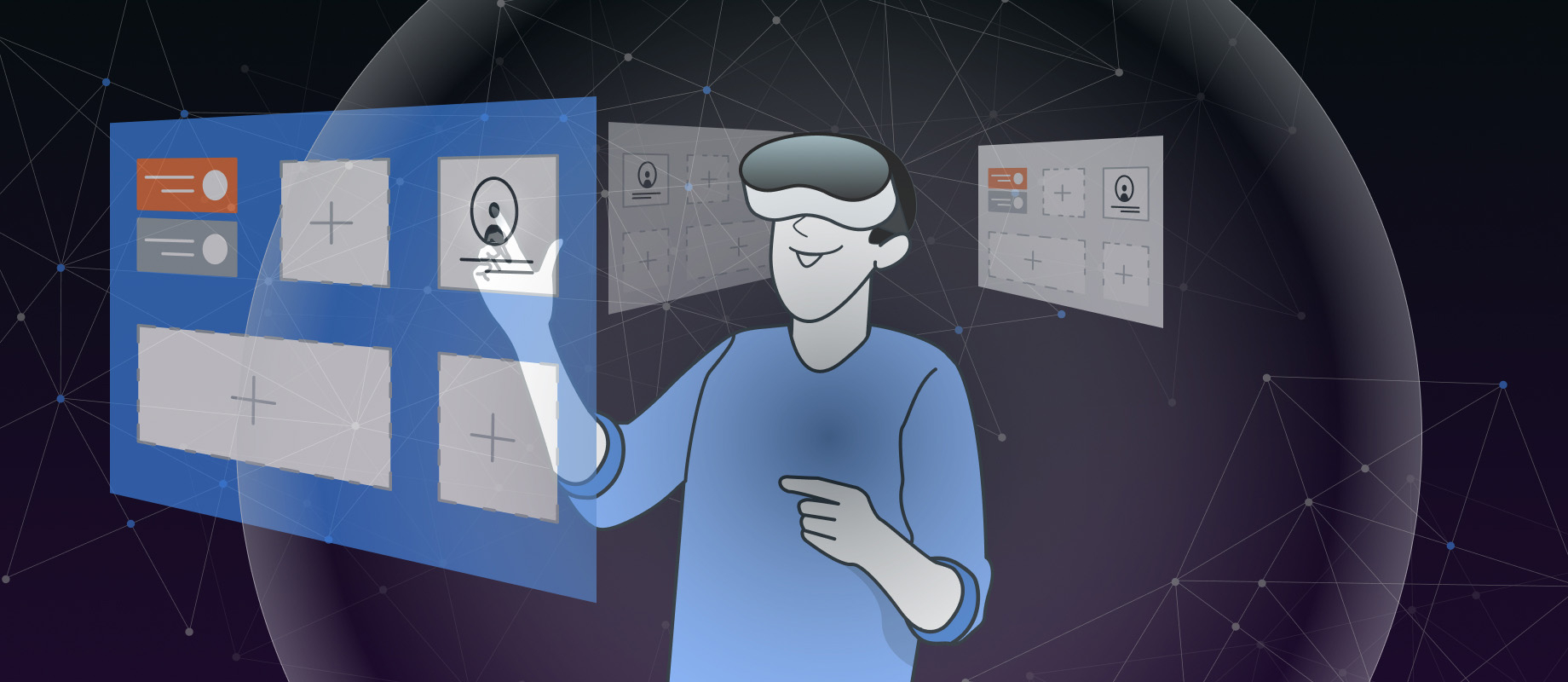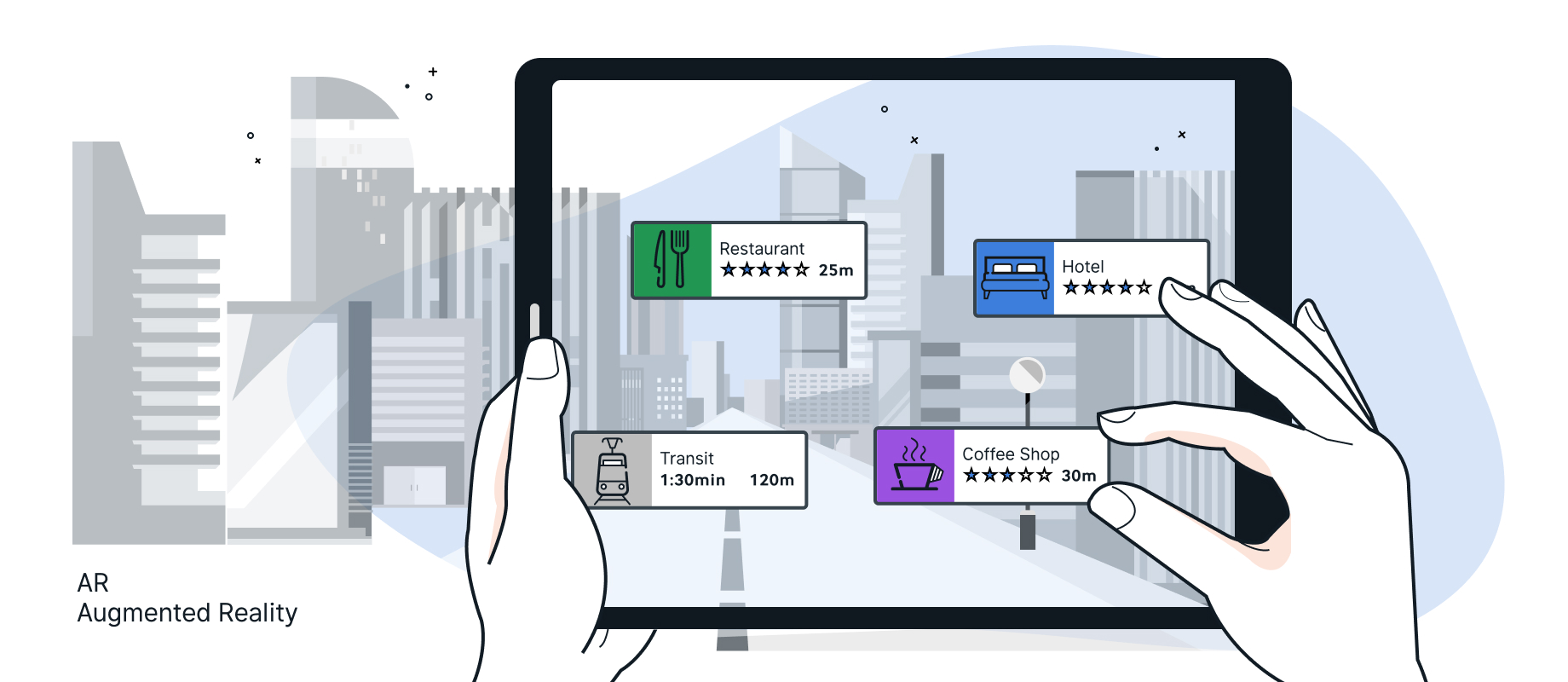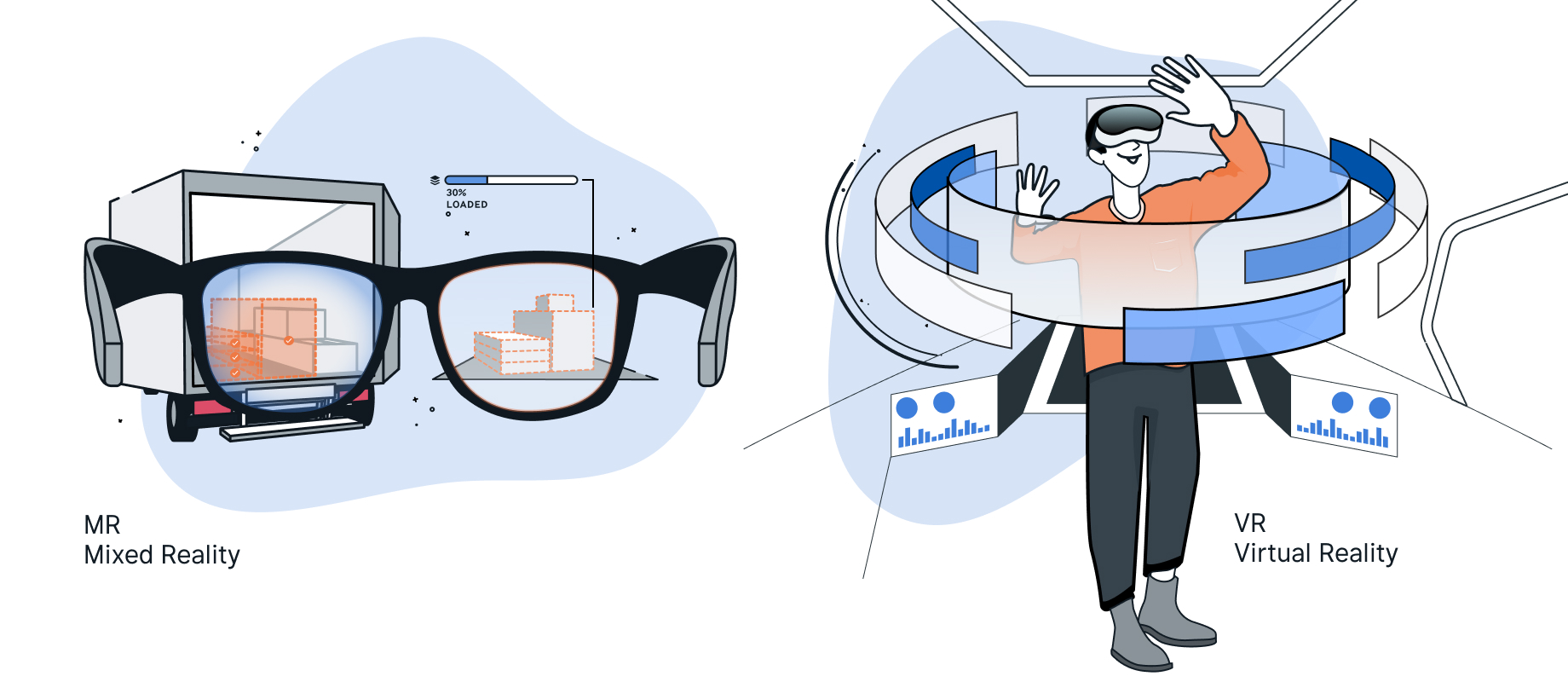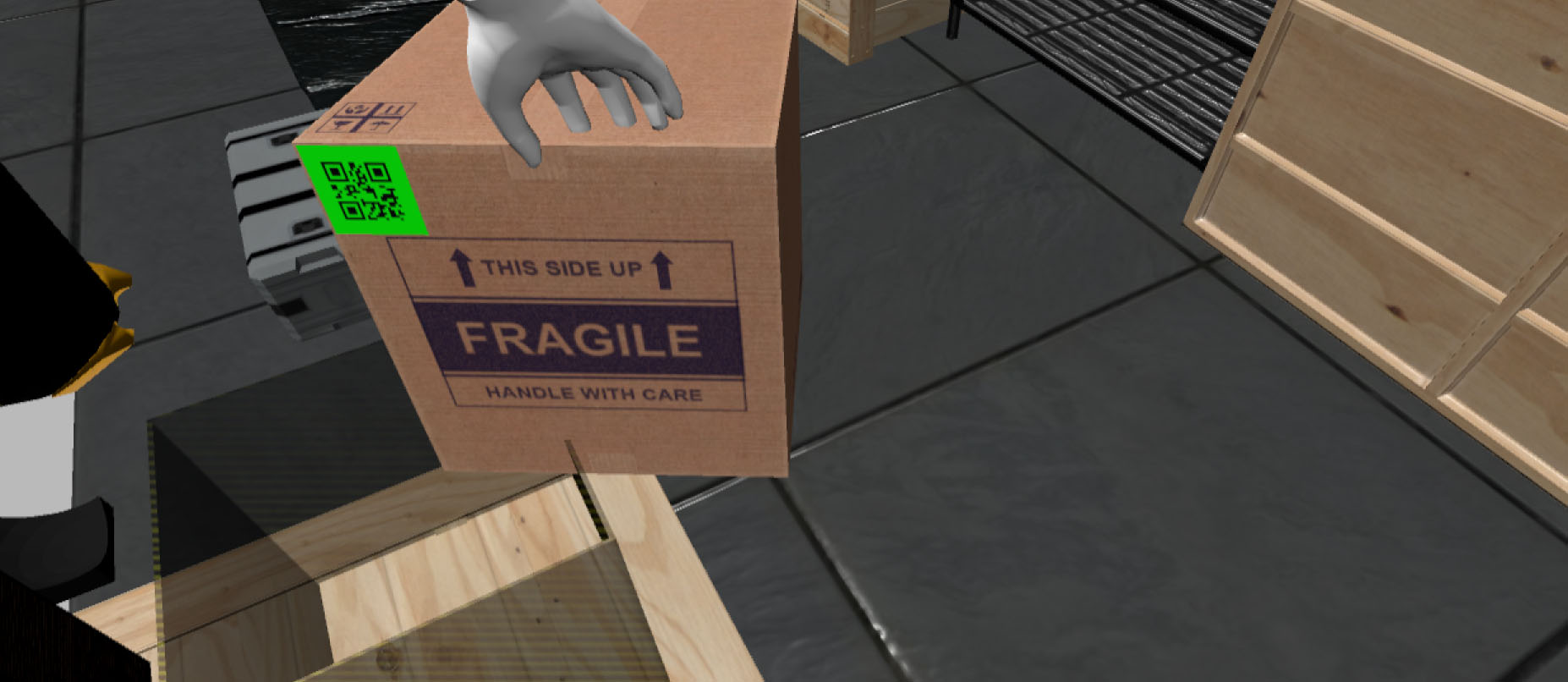
The actual origin of the term Virtual Reality cannot be clearly determined. Various sources point to different origins dating back to the 15th century. The application of virtual reality is as varied and creative as the derivations. But let's start from the beginning ...
Where does Virtual Reality actually begin? In his allegory of the cave, Plato addressed the question of whether the world we experience and perceive might not just be a shadow play after all – virtual reality, then? If we follow the lines of Oculus, HTC Vive and co backwards on the timeline, we arrive at a picture frieze in Pompeii from the year 60 BC – a circular picture work completely surrounding the inhabitants. From the 18th to well into the 19th century, circular panoramas functioned as mass entertainment and a popular leisure activity – contemporary VR glasses also impress above all with this feature.
What is Virtual Reality?


Basically, VR (Virtual Reality) is a term that, together with MR (Mixed Reality), forms the subcategory for AR (Augmented Reality). AR encompasses all possibilities of virtually enhancing or extending reality. While MR mixes real and virtual environments, VR aims at completely virtually generated environments.
The first devices that correspond to our modern understanding of VR were developed in the middle of the 20th century. These include the "Sensorama" by Morton Heilig (film projection system supported by olfactory sensory stimuli) and the so-called "The Sword of Damocles" – by Ivan Sutherland (first "head-mounted display", also called "Ultimate Display").
In the 1990s, the video game industry also gradually took its first steps and integrated VR into its products – a process that continues to this day and is one of the driving factors in the further development of this immersive technology. While these products still had to struggle with weak computing power and low resolution, VR glasses such as Meta Quest 2 leave little to be desired today – except perhaps for the problem of motion sickness, which the generations before us also had to contend with in the circular panoramas.
Fields of application
In addition to our games "Konrad's Kittens" and "FusionPlayHeroes", in which we combine various AR and VR elements for an innovative gaming experience, we are also currently developing a VR simulation for use in the logistics industry. With the help of this simulation, industrial workers will learn skills for equipment assembly and how to stack boxes in the most efficient and professional manner. The high score system integrated into the application allows lengthy work steps to be identified and optimised.

A simulation in this area not only offers the advantage of being able to be used from almost anywhere, but also avoids the problem of training environments having to be returned to their original state each time, as this is done here virtually and automatically after the task has been completed.
Our test runs with the simulation so far show that difficulties can arise due to the lack of haptic feedback. On the one hand, this distorts important factors (such as speed, endurance) and can also lead to a feeling of being far removed from reality for the users. Currently, our Xperts are looking at possible solutions to create training environments that work with both real objects and mixed reality elements. In this way, the actual interaction remains and the objects can be enriched with important information and important indicators (motion sequences, speed, etc.) can be analysed.
The problem of motion sickness
Something that our Xperts also deal with extensively in the development of our VR applications is the problem of motion sickness. This is an undesirable side effect of using VR applications that is similar to real motion sickness, such as dizziness, headache or nausea. These complaints often occur because the so-called spatial reference point is missing when interacting with the virtual applications.
From a biological point of view, there is also a very simple explanation for the problem of motion sickness in VR applications: in our ears there are so-called semi-circular canals – small fibres that are surrounded by water, kind of like our body's own spirit level. If, for example, our eyes perceive a forward tilt in a VR application, but we are actually only standing still in real space and not tilting forward, a discrepancy arises because, according to our biological spirit level, we are standing straight. This leads to the above-mentioned symptoms in a significant percentage of people.
A remedy for this problem could be a teleport function, which our Xperts are currently working on. With the help of hand sensors, the point to which one wants to get to in the VR environment is selected and then lands gently – by teleportation or jumping – at the desired location.
How do we work?
In the realisation of our VR products, our Xperts rely on Meta Quest 2 and the Unity development tool. With a market share of 40-60% in well-known indie games, this is established software for the implementation of future-oriented VR applications. In addition, it is much more recognised in the business environment than, for example, PlayStation VR. However, development does not take place directly on the headset, but with the help of a PC in C#. This requires the XR Interaction Toolkit from Unity. The content can then be displayed simultaneously on the headset and the PC. In addition, developing via a PC also offers the advantage of a debugging console with which Meta Quest 2 error messages that would otherwise be difficult to deal with can be easily solved. With our innovative VR applications, we do not only want to change the world of our customers, but also have a positive effect on the life-changing upheavals in the course of the digital transformation.
What happened over two thousand years ago can no longer be reported and the future cannot be predicted. The only thing that is certain is that developments in VR are still in their infancy and that the fields of application will expand at an ever-increasing rate as time goes on. There are already fields of application for VR, for example in medicinal or in the logistics sector, that go far beyond the entertainment industry and make a valuable contribution to advancing the interests of society as a whole. However, every technological change of this magnitude also harbours dangers in addition to its positive potential, which is why a responsible approach to development is unavoidable – elevating it to an ethical benchmark.